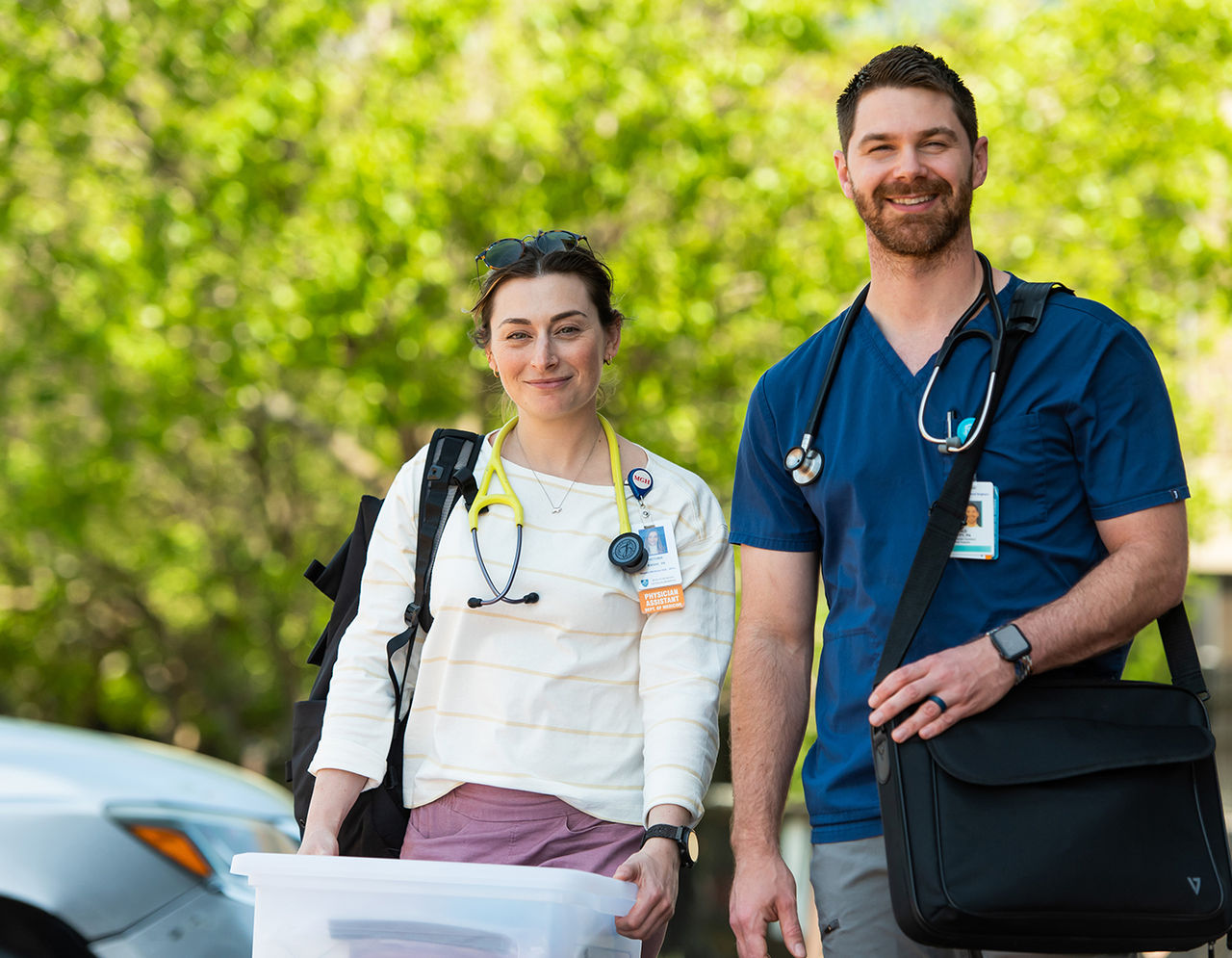-
- Find Care
-
- Visitor Information
- Find a Location
- Shuttles
- Visitor Policies
-
-
- Our Virtual Care Options
- Virtual Urgent Care
- Virtual Visits for Primary & Specialty Care
- Online Second Opinions
- Participate in Research
-
- Contact us
-
- For Innovators
- Commercialization Guide for Innovators
-
-
- Research News
- Alzheimer's Disease
- Artificial Intelligence
-
- Overview
-
- Overview
- Getting Started
- New to Mass General Brigham
- International Patient Services
- What Is Patient Gateway?
- Planning Your Visit
- Find a Doctor (opens link in new tab)
- Appointments
- Patient Resources
- Health & Wellness
- Flu, COVID-19, & RSV
- Billing & Insurance
- Financial Assistance
- Medicare and MassHealth ACOs
- Participate in Research
- Educational Resources
- Visitor Information
- Find a Location
- Shuttles
- Visitor Policies
- Find Care
-
- Overview
- Our Virtual Care Options
- Virtual Urgent Care
- Virtual Visits for Primary & Specialty Care
- Online Second Opinions
-
- Overview
- Participate in Research
-
- Overview
- About Innovation
- About
- Team
- News
- For Industry
- Venture Capital and Investments
- World Medical Innovation Forum (opens link in new tab)
- Featured Licensing Opportunities
- For Innovators
- Commercialization Guide for Innovators
- Contact us
-
- Overview
- Information for Researchers
- Compliance Office
- Research Cores
- Clinical Trials
- Advisory Services
- Featured Research
- Two Centuries of Breakthroughs
- Advances in Motion (opens link in new tab)
- Brigham on a Mission (opens link in new tab)
- Gene and Cell Therapy Institute
- Research News
- Alzheimer's Disease
- Artificial Intelligence
-
- Overview
-
- Overview
- Residency & fellowship programs
- Brigham and Women's Hospital
- Massachusetts General Hospital
- Mass Eye and Ear
- Newton-Wellesley Hospital
- Salem Hospital
- Integrated Mass General Brigham Programs
- Centers of Expertise
- Global & Community Health
- Health Policy & Management
- Healthcare Quality & Patient Safey
- Medical Education
- For trainees
- Prospective trainees
- Incoming trainees
- Current trainees
- Continuing Professional Development
- Patient Care
- Services and Specialties
- Healthcare at Home
Healthcare at Home services
With home-based care, we help patients recover and return to life as quickly as possible. In fact, research shows patients who receive care in their own homes often recover better and are more satisfied with their overall care when compared to receiving care in a hospital or other facility. Healthcare at Home is covered by most insurances, including Medicare.
-
Home Care
Our Home Care team, the largest in New England, offers longer-term, post-acute, medically necessary skilled care to help patients manage chronic conditions or recover from an illness or injury.
-
Home Hospital
As one the largest and most established programs in the country, Home Hospital provides eligible patients with inpatient-level care at home, typically short-term, for acute conditions, such as heart disease, chronic obstructive pulmonary disease, infection, and more.
-
Home-based Palliative Care
Our Home-based Palliative Care provides specialized symptom management, psychosocial support, guidance on complex medical decisions, and caregiver support—helping individuals with serious illnesses enhance their quality of life while receiving care in the comfort of their own homes.
News and highlights
-

published on
-

published on
-

published on
-
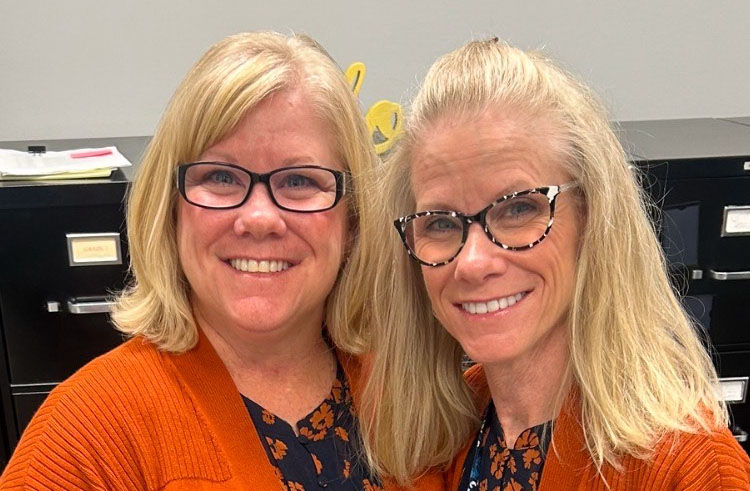
published on
-
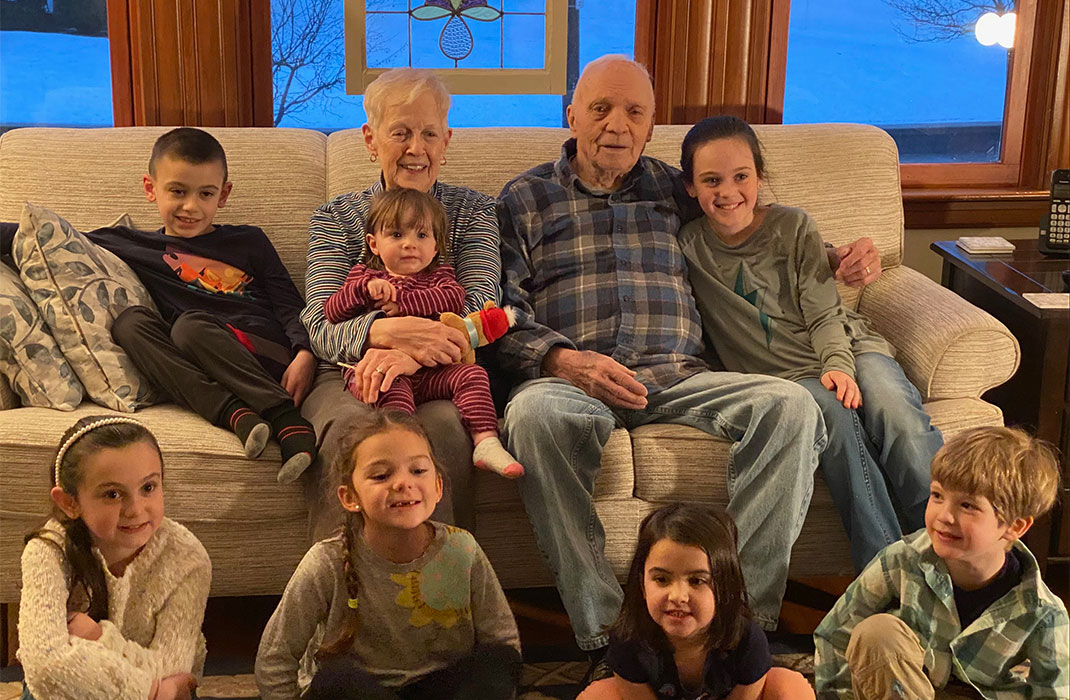
published on
-
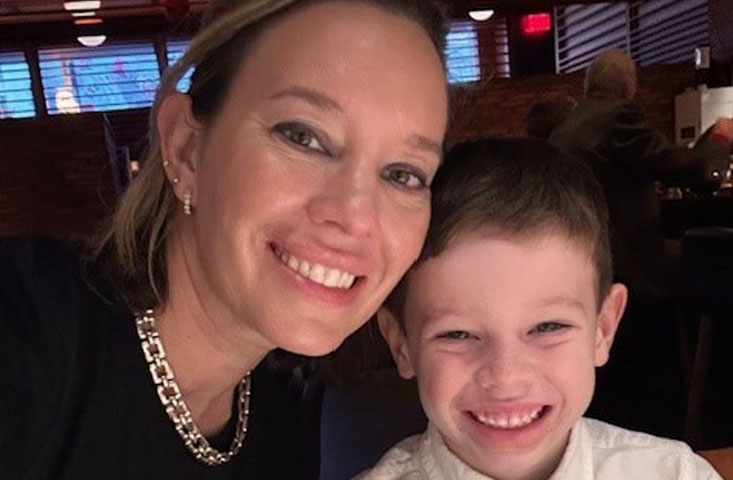
published on
-

published on
-
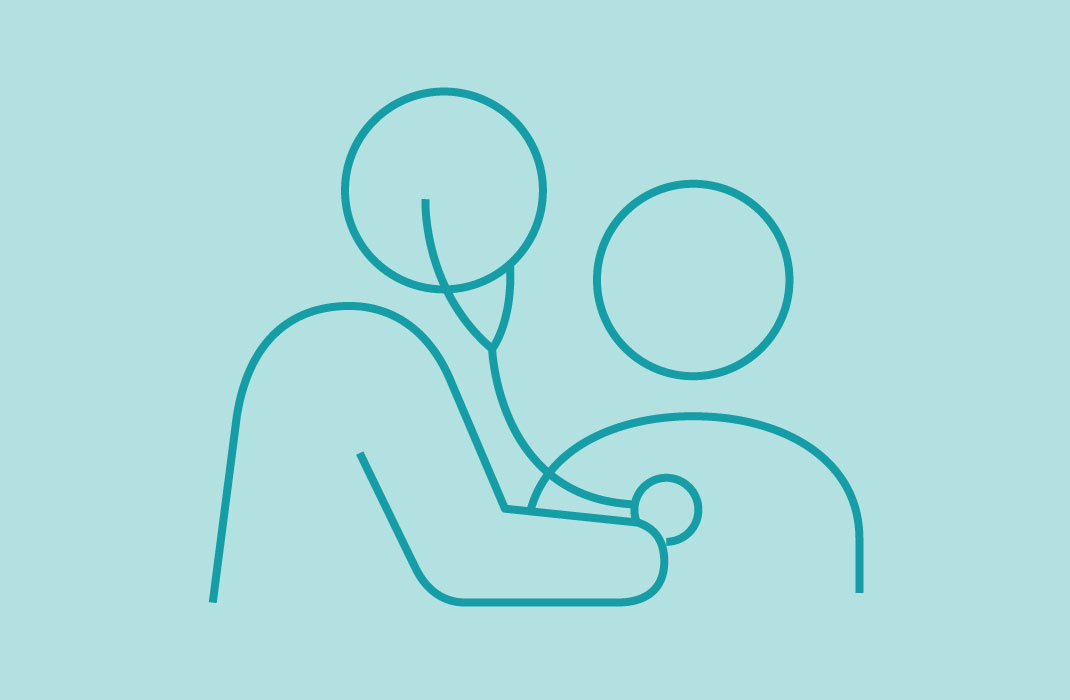
published on
-

published on
